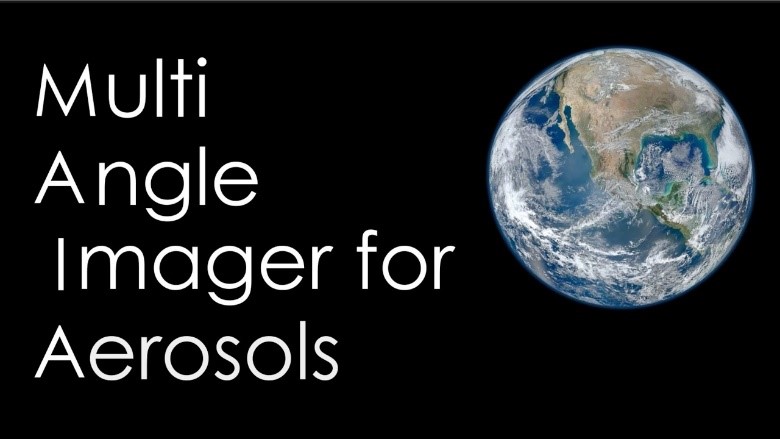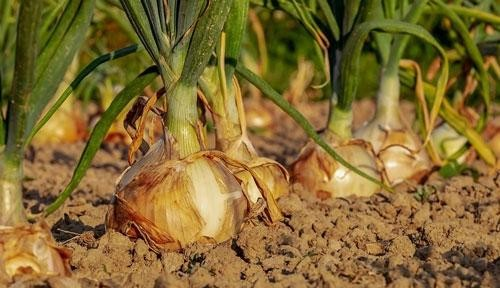Description

Disclaimer: Copyright infringement not intended.
Context
- NASA announced that it is partnering with the Italian Space Agency ASI to build and launch MAIA, or the Multi-Angle Imager for Aerosols missions.
Details
- MAIA mission, is an effort to investigate the health impacts of tiny airborne particles polluting some of the world’s most populous cities.
- The satellite mission will aim to understand the effects of different types of particle pollution on human health.
- Set to launch before the end of 2024, the MAIA observatory will consist of a satellite known as PLATiNO-2, provided by ASI, and a science instrument built at Nasa’s Jet Propulsion Laboratory in southern California.
- The mission will collect and analyze data from the observatory, sensors on the ground, and atmospheric models.
- The science instrument on MAIA will have a pointable spectropolarimetric camera, which captures digital images at multiple angles in the ultraviolet, visible, near-infrared, and shortwave infrared portions of the electromagnetic spectrum.
- MAIA will be able to collect measurements of sunlight reflecting off airborne particles, which will help researchers determine the abundance, size, and optical properties of certain pollutants in the earth's atmosphere.
- According to Nasa, this data will help the MAIA science team explore the geographic distribution of airborne particles and also investigate how they relate to the patterns and prevalence of health problems stemming from poor air quality.

Importance of the Mission
- About 99.82% of the global land area is exposed to levels of particulate matter 2.5 (PM2.5) — tiny particles in the air that scientists have linked to lung cancer and heart disease — above the safety limit recommended by the Word Health Organization. And only 0.001% of the world’s population breathes in air that is considered acceptable - according to the peer-reviewed study published in Lancet Planetary Health.
- Breathing airborne pollution particles has been associated with many health problems, but the toxicity of different particle mixtures has been less well understood.
- MAIA will help us understand how airborne particle pollution puts our health at risk and potentially provide insights that will inform the decisions of public health officials and other policymakers.
|
PRELIMS PRACTICE QUESTION
Q. Choose the incorrect answer with reference to the following statements.
A. NASA is partnering with ISRO to build and launch MAIA, or the Multi-Angle Imager for Aerosols missions.
B. MAIA mission, is an effort to investigate the health impacts of tiny airborne particles polluting some of the world’s most populous cities.
1. A only
2. B only
3. Both A and B
4. Neither A nor B
Answer: 1
|

https://lifestyle.livemint.com/smart-living/innovation/nasa-and-italian-space-agency-to-work-on-air-pollution-mission-111678355160821.html











